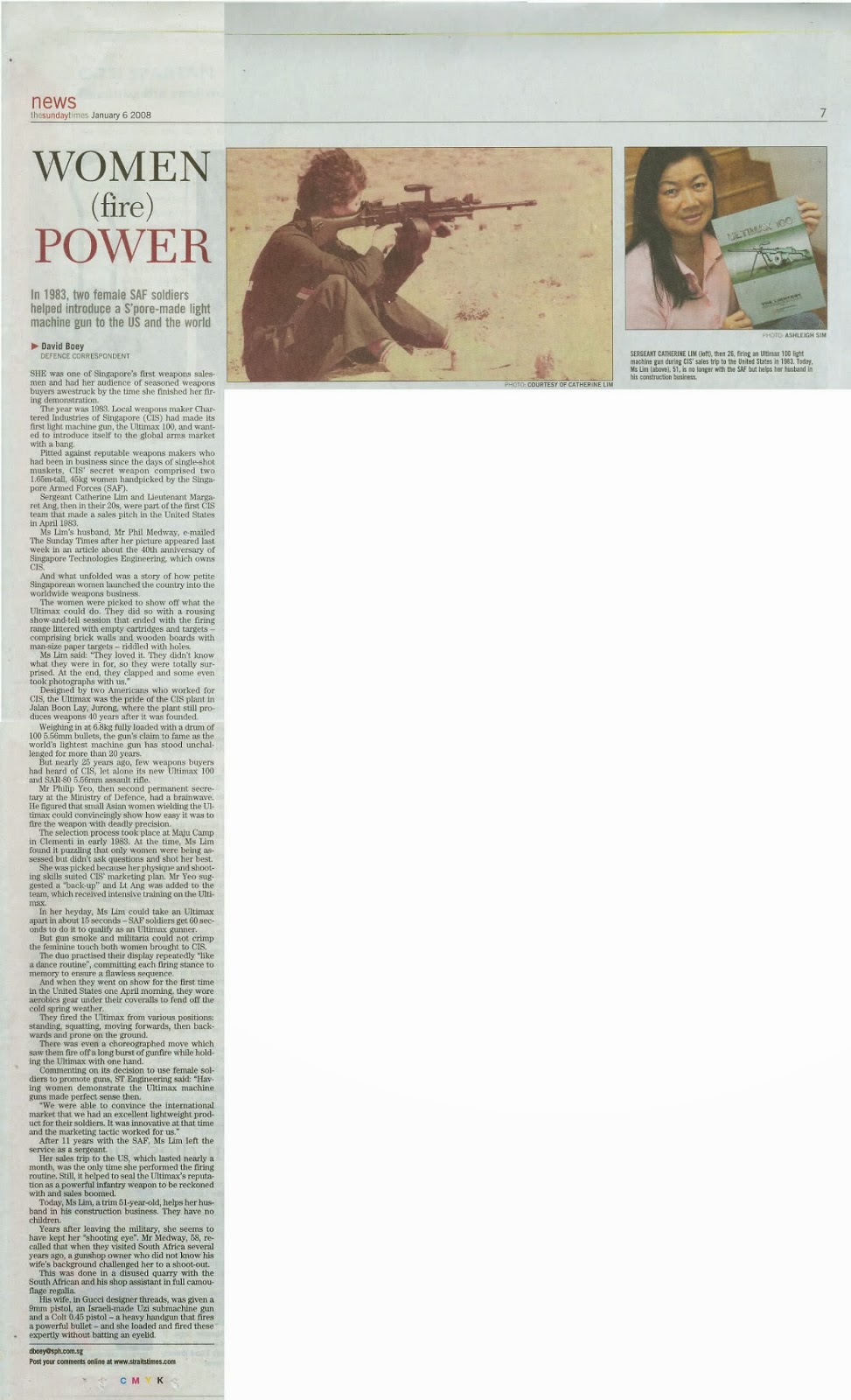While exports have always been something of a sideshow, there have been several products that went on to achieve notable overseas sales. These have mostly stemmed out of breakthroughs made for Singapore's own armed forces. Quite interestingly, in the 1980s Singapore was for a time a global leader in AMX-13 and A4 Skyhawk upgrades. Among other successful exports have been patrol craft/boats, mortars and possibly ammunition.
A certain market also exists for refurbished ex-Singaporean weapons. For example, Fennec recce helicopters were reexported to Chad in 2008, and 120mm mortars to Sri Lanka in 2000.
The question really is whether there is a new product Singapore can hope to bring to the table. What is our new AMX-13? Our new A4? The Leopard 2 market is already saturated with upgrades from the West, and the same could be said for aircraft jamming pods and equipment. Upgrades to our Formidables and submarines could be possible, but the market for that is rather small. Not many use La Fayette class ships, and "tropicalisation" of submarines will be limited to the Southeast Asian market.
If I were pressed to tell you what's Singapore's present military export success, I honestly wouldn't be able to say. Lots of stuff has certainly been marketed - the Terrex, the SAR 21 rifle and ST Marine ship designs have all been pushed at trade fairs, in informal marketing, and so on. Singapore has a niche in low-cost lightweight field artillery, but has been stymied recently in India.
Interestingly, Singaporean small arms have never achieved much export success. The Ultimax light machine gun, designed by the famous Jim Sullivan, was perhaps the nation's greatest hope. When it hit the market in the late 1970s - early 1980s it had several unique qualities. The marketing focused on it being lightest LMG bar none at the time, with a clever campaign describing how it was light enough even for Asian women to handle. It was also relatively cheap and came with the Jim Sullivan brand-name.
A simple googling of the name would also find much praise of the Ultimax from American gunowners even today - there are a few samples that were brought there still floating around the American market. Nevertheless, it failed to strike pay dirt.
Small arms are a difficult market to compete in. Most nations with a decent industrial capacity should be able to make their own. It would have been unimaginable for the USMC to choose the Ultimax for their new squad automatic weapon over local manufacturers with which it had an enduring relationship with, for example. In something common to all weapons purchases, even if nations import they may well look to using weapons purchases to curry favour with a country instead, and the qualities of the gun become irrelevant.
There are exceptions, such as Jordan purchasing T91 rifles from Taiwan, but those often come about via strong defence diplomacy.
This is at its core a business question as much as it is a defence one, and I'm sure ST executives and others in the business of setting industrial policy in Singapore are well appraised of the global arms market and how Singapore must position itself. Personally, due to the nature of decision making, I'd say that in the military sphere defence diplomacy and strong marketing are just as important as the quality of the product itself. I'd daresay the Bronco sale to the United Kingdom, in response to an urgent requirement, was one of these.
Nevertheless, with the equipment which the SAF is using, future export prospects seem particularly dim.



